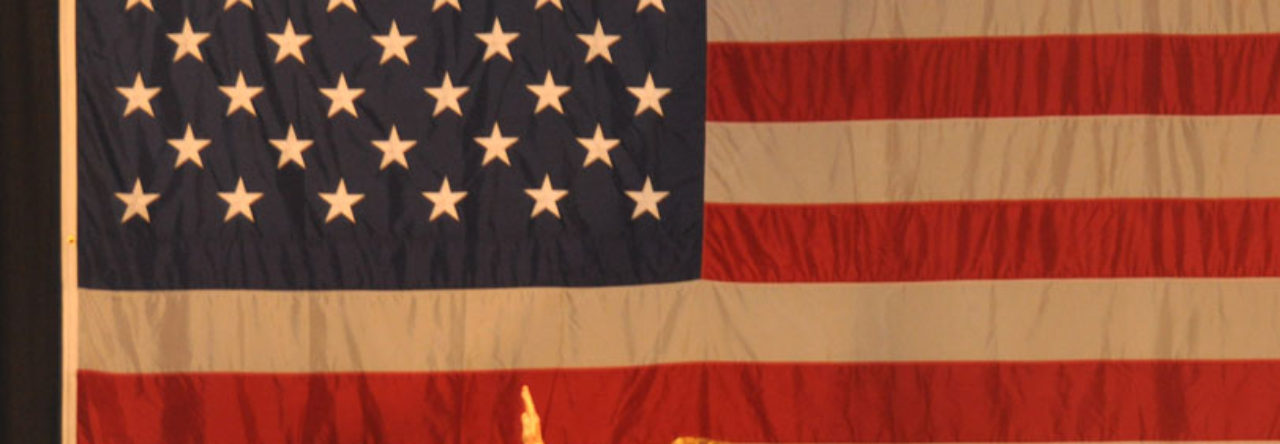This debut film from Finnish filmmaker Juho Kuosmanen tells the serio-comic story of the real-life Finnish boxer dubbed “the baker of Kokkola.” Even the fighter’s nickname makes you smile. Usually, if a lesser-known fighter (like Chuck Wepner in this country, the real-life model for Stallone’s “Rocky”) selects a nickname, the nickname tries for a dangerous moniker like Wepner’s “the Bluffs Butcher.” Olli’s fights took place in the late fifties (Lucerne, ’59, Lightweight; Prague, ’57, Lightweight) or the sixties. The film won a top prize at the Cannes Film Festival and focuses on the World Title Featherweight Match between Olli and American boxer Davey Moore on August 17, 1962 in Helsinki, Finland. The fact that an international title fight was being held in Finland made Olli into a national hero.
Pay special attention to the end of The Happiest Day in the Life of Olli Maki. That’s when you’ll see an old couple walking hand-in-hand. That old couple are the real-life Olli and Raiji Maki. Olli is now 79.
Olli is so low-key and such a nice guy that his big concern when he loses the title fight to the much more experienced Moore in only 2 rounds, is “Where are the flowers I brought to present to the winner?” His humble demeanor might earn him the title today of the Anti-Trump. He tells his trainer (Eero Milonoff), “I just want peace before the match” and Eero responds, “Welcome to professional sports.”
Davey Moore, at this point in his career, had fought 64 fights. He won half of them by knockout. Olli had only had 10 fights, 300 amateur bouts, and won the European lightweight title in 1959, placing second in 1957. You get the feeling that Olli knows, going in, that he is doomed. [*He did fight again after this climactic career point, in February of 1964, winning the European Boxing Union Light Welterweight title against Conny Rudhof).
Another charming aspect of the film— (once you get used to the fact that it is shot in black-and-white)—is its inventive newsreel-like feeling. The last film I may have seen that was intentionally shot in black-and-white was “Manhattan” in 1979 (Woody Allen) although “The Artist” in 2011 used it to good effect (5 Oscars). The black-and-white was definitely an anachronism. References to Rocky Marciano and Frank Sinatra, plus the black-and-white footage, make you feel that this is newsreel footage. Nostalgia reigns.
The “happiest day” was an apt title because Olli realizes, in the course of training for the title bout, that he is in love with Raiji. They make arrangements at a jewelry store to purchase engagement rings engraved with the date: Aug. 17, 1962. The couple’s stroll along the shore at the very end of the film is not heralded as being your one chance to glimpse the real Olli and Raiji Maki, so pay attention.
The film is serio-comic—not really all drama and not all comedy. Comic turns have the short Olli standing on a box next to a tall model for publicity stills and, along with his manager (Eero Milanoff), nearly forgetting to retrieve the manager’s child from a roadside bathroom. The comic touches like the nude shower scene, the car that won’t start (leading to a precarious bicycle trip to a wedding), the small child of Olli’s manager that Olli and his manager almost leave behind in the bathroom, and the fight between Eero Milonoff and his angry crockery-throwing wife detract some from the all-too-brief fight, which is over almost as quickly as it began. (I haven’t seen a title fight end that quickly since Davenport’s Michael Nunn knocked out Sumbu Kalambay in the 1st round in Las Vegas on March 25, 1989. I took my husband for his birthday; he went out to place his bet and the fight was over before he returned.)
It takes almost two-thirds of the film before Olli kisses the girl of his dreams, a slow pace for American audiences. There are extensive scenes of nude male horseplay in the showers with a dozen boxers letting it all hang out. In fact, the visiting dignitaries who have arrived for the fight are ushered into the showers where at least ten nude males have been having a water fight. The fighters, all going full frontal, politely stand there in their birthday suits, shaking hands with the clothed visitors. Besides being loopy (from an American perspective), it seems preposterous that this would occur exactly the way it is portrayed.
If you’re a fight fan and you like a humble champion and you don’t mind reading English subtitles while the actors speak Finnish, you’ll like The Happiest Day in the Life of Olli Makki.
